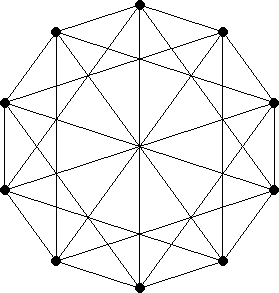@JMoravitz I saw that what you sent me but I am having difficulties to understand it... :/
As for the last proposition, could you explain me further how you would justify it?
As for the last proposition, could you explain me further how you would justify it?


